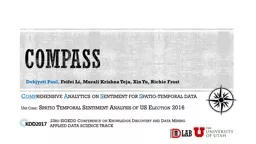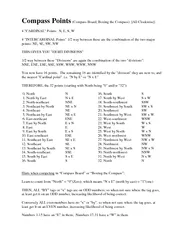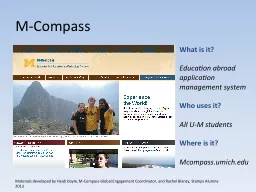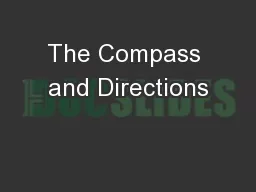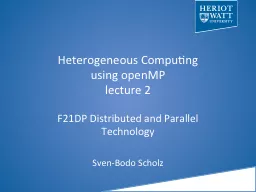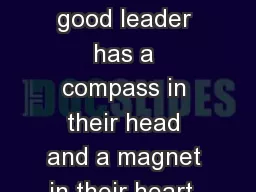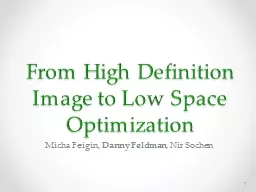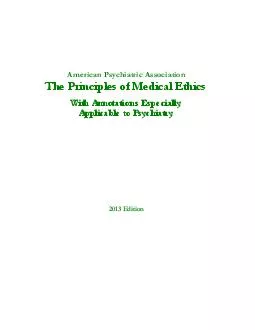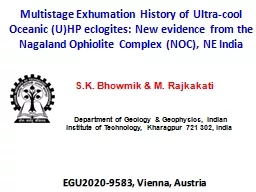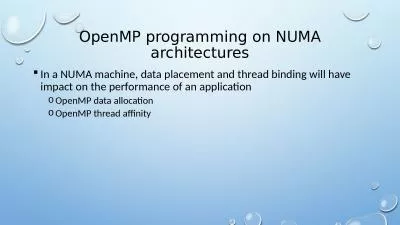PPT-Compass C OMP REHENSIVE
Author : kittie-lecroy | Published Date : 2018-03-22
A NALYTICS ON S ENTIMENT FOR S PATIOTEMPORAL DATA U SE C ASE S PATIO T EMPORAL S ENTIMENT A NALYSIS OF US E LECTION 2016 23rd SIGKDD Conference on Knowledge
Presentation Embed Code
Download Presentation
Download Presentation The PPT/PDF document "Compass C OMP REHENSIVE" is the property of its rightful owner. Permission is granted to download and print the materials on this website for personal, non-commercial use only, and to display it on your personal computer provided you do not modify the materials and that you retain all copyright notices contained in the materials. By downloading content from our website, you accept the terms of this agreement.
Compass C OMP REHENSIVE: Transcript
Download Rules Of Document
"Compass C OMP REHENSIVE"The content belongs to its owner. You may download and print it for personal use, without modification, and keep all copyright notices. By downloading, you agree to these terms.
Related Documents

